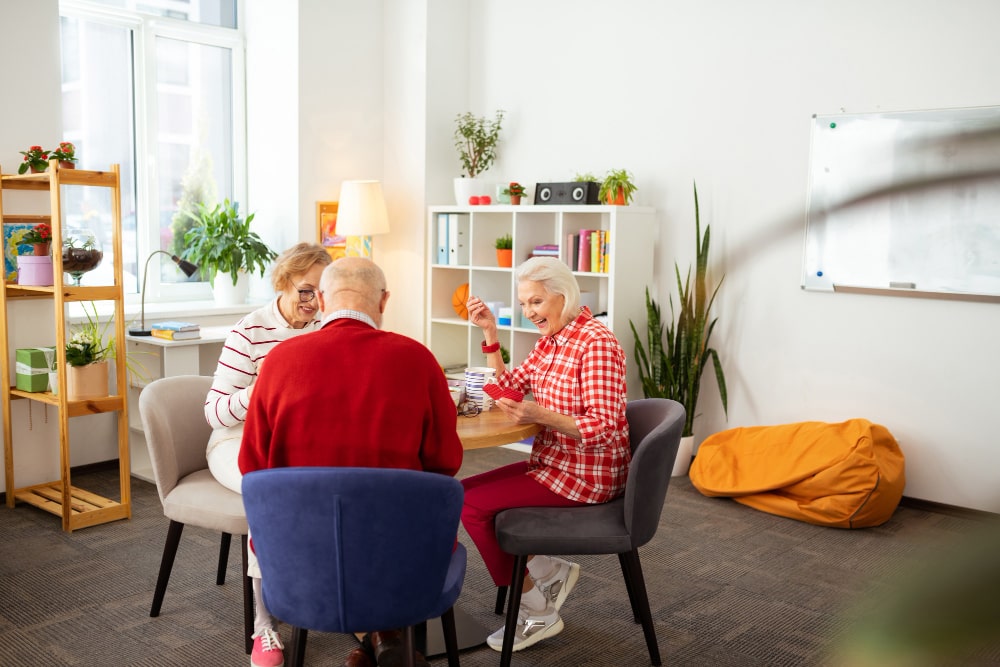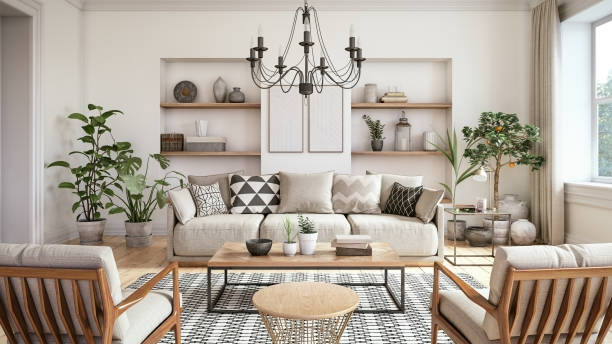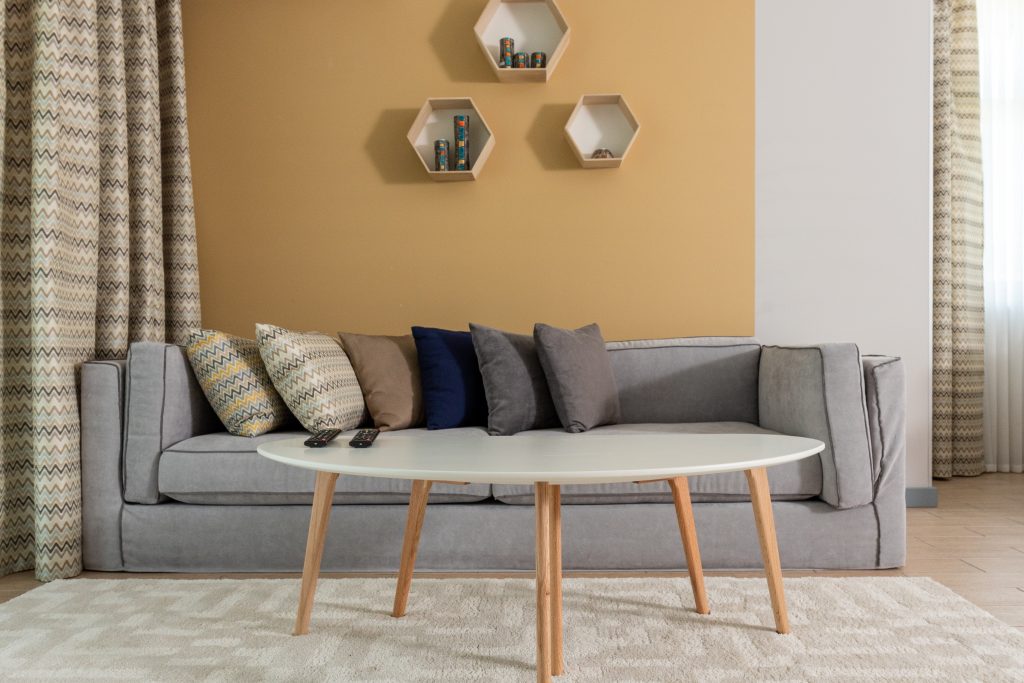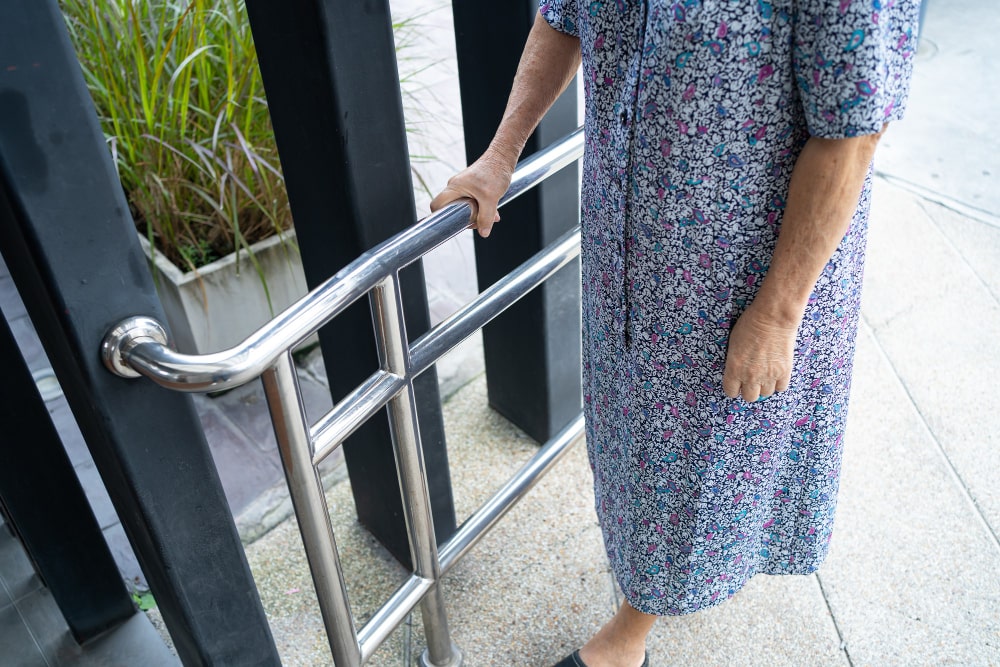
Sitting down? Let’s talk about how you can transform your home into a safe, senior-friendly space. Making just a few simple changes can help your elderly loved ones navigate and enjoy their home with greater comfort and confidence. In this article, we’ll explore five easy ways to modify your home furniture, flooring, lighting, seating, and more to create an accessible, accident-proof environment tailored to their needs.
With some thoughtful tweaks like installing handrails, selecting slip-resistant surfaces, and optimizing lighting, you can give them the freedom to move through their home independently. The peace of mind you’ll gain from these upgrades is invaluable. So grab a tape measure and let’s get started on planning updates to make daily living easier for the seniors in your life.
1- Optimizing Home Furniture for Safety and Accessibility

a- Invest in Adjustable Furniture
Having home furniture with adjustable features allows seniors to customize pieces to their needs. Height-adjustable chairs and beds make sitting and standing more comfortable for those with limited mobility. Grab bars provide extra support and stability, allowing seniors to safely use furniture independently.
b- Reduce Tripping Hazards
Replace slippery flooring with non-skid alternatives like textured tiles or low-pile carpets. Secure rugs and mats to the floor and remove clutter from walkways. These simple changes significantly reduce the risk of falls, giving seniors peace of mind to navigate their home freely.
c- Improve Lighting
Install bright lights in key areas like hallways, staircases and entrances. Motion-activated or automatic lights make it safer for seniors to get around at night. Increased visibility means a lower chance of accidents and falls.
d- Choose Supportive Seating

Select ergonomic home furniture that prioritizes comfort and support. Firm, stable chairs with lumbar support, padded armrests and higher seating make sitting and standing easier for seniors. Avoid overly plush or low seats that are difficult to get in and out of independently. Supportive seating promotes better posture and alignment, which is important for mobility and balance.
e- Add Handrails and Grab Bars
Install handrails and grab bars in bathrooms, hallways and staircases. Properly installed handrails provide stability and support for seniors with limited mobility. Non-slip grips and padding enhance comfort and safety. Handrails give seniors the confidence to navigate their home independently.
2- Key Areas to Enhance for Elder-Friendly Living
a- Bathrooms
For many seniors, bathrooms can present mobility challenges and safety hazards. Install grab bars next to toilets and showers, as well as non-slip mats inside tubs and showers. A shower seat also provides stability. Touchless faucets and motion-activated lights are convenient and hygienic.
b- Bedrooms
A lower bed height makes it easier to get in and out of bed. Place frequently used items within easy reach. Add task lighting, night lights, emergency call buttons, and consider bed rails for safety.
c- Kitchens
In the kitchen, ensure walkways are clear and install non-skid flooring. Front controls on appliances and pull-out shelving bring items within easy reach. Consider an induction stovetop for safety. Proper task lighting and seating at countertops aid mobility and daily activities.
d- Living Areas
For living spaces, choose supportive yet comfortable home furniture with firmer cushions. Add lighting on dimmer switches, nearby electrical outlets, grab bars and handrails. Remove tripping hazards like loose rugs and clutter. A home emergency alert system provides security in any room.
With some modifications, a home can be made safer and more accessible for elderly residents. By focusing on key areas like bathrooms, bedrooms, kitchens and living spaces, daily activities become easier and the risk of falls or accidents decreases. The end result is an environment suited to aging in place and continued independence.
3- Creating a Supportive Environment: Tips for Selecting the Right Furniture
a- Focus on Functionality and Safety
Opt for home furniture that prioritizes function over form. Look for stable, sturdy pieces with rounded edges and padding. Avoid anything with sharp corners or unstable bases that could lead to injuries. Consider furniture with built-in safety features like handrails, grip handles or non-slip pads.
b- Provide Ample Seating Options
Have a variety of seating available at different heights. Armchairs, loveseats and benches give seniors places to sit and rest. Ottomans or stools also provide informal seating with the added bonus of being able to elevate legs. Make sure at least one chair has arms that make it easy to lower into and rise from.
c- Keep It Simple to Navigate
Arrange home furniture in a simple, open layout with wide walkways so it’s easy to maneuver. Place frequently used items like tables, chairs and lighting within easy reach. Remove excess clutter and any tripping hazards. The easier the layout is to navigate, the safer and more accessible the space will be.
Keeping these tips in mind when choosing and arranging home furniture will help create a home environment that is both supportive and safe for elderly occupants. With the right furnishings and design, a space can be stylish and functional. Most importantly though, it gives seniors the ability to comfortably and confidently live independently in their own homes.
4- Optimize Lighting for Visibility

Lighting is key for senior safety and accessibility. Installing bright lights in key areas of the home, such as hallways, staircases and entrances will improve visibility, reducing the risk of accidents or falls.
Consider motion-activated lights or automatic nightlights to illuminate dark paths at night. These make it easier for seniors to find their way around safely after dark. You might place spotlights outdoors to illuminate walkways, or install dimmer switches inside to control light levels.
For the best results, choose energy-efficient bulbs in a warm, natural color for indoor areas. These provide a comfortable level of illumination without a harsh glare. Task lighting, like table and floor lamps, should also be available for activities like reading, puzzles or hobbies where additional light is needed.
With some planning, you can optimize the lighting in a home for senior accessibility, safety and daily function. The right adjustments will make a space much more livable and help reduce hazards for elderly occupants. Take time to evaluate how well lit each area of the home is and make improvements where needed. Your loved one will surely appreciate how much easier and safer it is to navigate their living space.
5- Install Handrails and Grab Bars

Grab bars and handrails provide essential support for seniors with limited mobility or balance issues. Mount handrails in frequently accessed areas like hallways, staircases, and bathrooms to help prevent falls and make it easier to navigate the home.
Choose handrails that are securely bolted to the wall and capable of bearing weight. Consider adding padding or non-slip grips for comfort and enhanced grip. For staircases, install handrails on both sides of the stairs at an optimal height, around 36 inches. In bathrooms, place grab bars next to toilets, showers, and bathtubs so they’re easy to reach in case of slips or loss of balance.
Handrails and grab bars are a simple but effective way to make a home safer and more accessible for elderly residents. Providing extra stability and support in key areas allows seniors to maintain their independence, while reducing the risk of dangerous falls or accidents. For the wellbeing of your loved one, invest in high-quality handrails and grab bars, and place them strategically throughout the home.
Take Away
You don’t have to completely remodel your home to make it more livable for an elderly loved one. With some thoughtful adjustments like swapping out furniture, optimizing lighting, and installing handrails, you can transform your space into one that promotes safety, accessibility, and independence. Making these senior-friendly updates now, before mobility becomes an issue, can give you and your loved ones peace of mind knowing the home will gracefully accommodate changing needs. The small details make a big difference in maintaining quality of life. With a little planning and effort, you can create a space that will serve you both well into the future.

